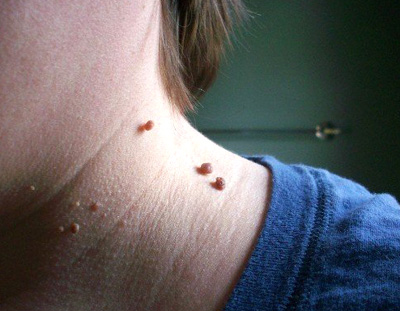We area unit providing one amongst the most effective Dermatologists in Lower Parel, Mumbai. A specialist provides services as well as acne scar surgeries, derma roller, Subcision, Electro – cautery, Chemical – cautery, cryosurgery, Removal of Moles, Warts milia, Skin Tags. we use the most recent technology not simply to resolve skin-related troubles, however also to make your skin become bright and healthy.
Acne scars are usually the result of inflamed blemishes caused by skin pores engorged with excess oil, dead skin cells and bacteria. The pore swells, causing a break in the follicle wall. Shallow lesions are usually minor and heal quickly. But if there is a deep break in the wall of the pore, infected material can spill out into surrounding tissue, creating deeper lesions. The skin attempts to repair these lesions by forming new collagen fibers. These repairs usually aren’t as smooth and flawless as the original skin.
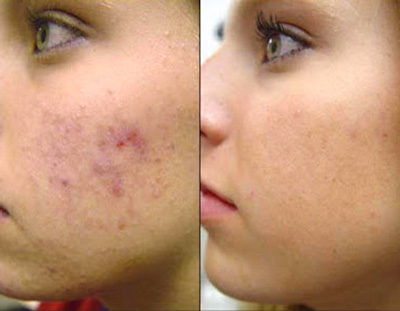
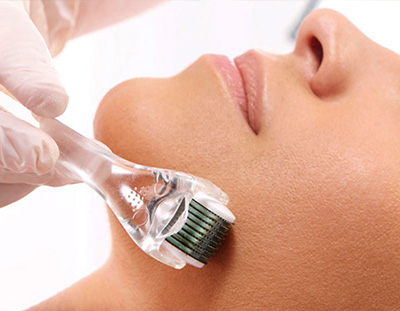
Pimples and acne are two types skin conditions which are commonly seen in the general population nowadays due to several reasons like improper dietary factors and hormonal imbalances. The main difference between acne and pimple is that pimples are a type of skin lesion, or an inflammation of the skin whereas acne is a chronic skin condition which takes place when the hair follicles get clogged with dead skin cells and sebum.
Some people get one or two spots once in a while, while others get frequent breakouts with lots of pus-filled pimples. If the second sounds more like you, you may have acne – a chronic or long-term condition that affects many teens and adults. But don’t panic, there are many effective treatments that help keep acne under control.
Subcision is a minor surgical procedure used for treating depressed cutaneous scars and wrinkles. It is also called subcutaneous incisional surgery. Subcision is performed using a special hypodermic needle inserted through a puncture in the skin surface.
The sharp edge of the needle is used to break fibrotic strands that are tethering the scar to the underlying tissue.The release of the fibrotic strands and new collagen deposition caused by wound healing leads to cosmetic improvement of the scar. Subcision can be safely performed in the outpatient setting and is usually well tolerated.
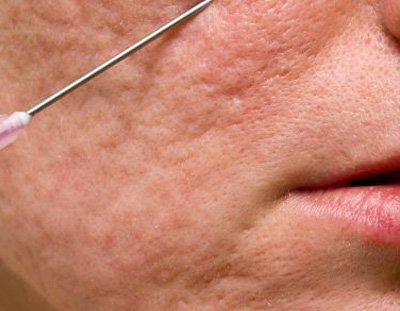
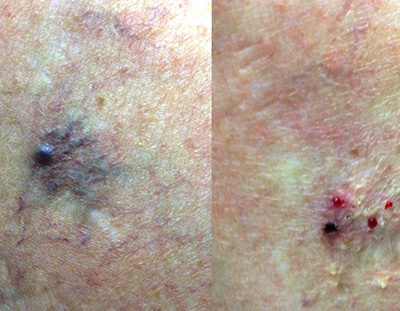
Electrocautery, also known as thermal cautery, refers to a process in which a direct or alternating current is passed through a resistant metal wire electrode, generating heat. The heated electrode is then applied to living tissue to achieve hemostasis or varying degrees of tissue destruction. Electrocautery can be used in various minor surgical procedures in dermatology, ophthalmology, otolaryngology, plastic surgery, and urology.
n electrocautery, the current does not pass through the patient; thus, the procedure can be safely used in patients with implanted electrical devices such as cardiac pacemakers, implantable cardioverter-defibrillators, and deep-brain stimulators.
Chemical cautery is a painless, office-based, non-invasive treatment for a wide variety of sinus problems. It is a non-invasive approach to managing chronic sinus problems. It involves a series of treatments over time (usually 2-3 treatments per year) to maintain long-lasting relief from symptoms and protection from infections. Chemical cautery frequently takes the place of other medications, in some cases eliminating the need for antihistamines, decongestants, and nasal sprays. This makes it a very cost-effective and time efficient treatment.
Chemical cautery does not burn the nasal lining tissue and causes no lasting harm. It is not a treatment to stop a nosebleed.
The treatment is mildly irritating to the lining of the nose for about one hour after treatment. This promotes clearing of the sinuses. Once this initial effect has passed, there is no discomfort whatsoever.
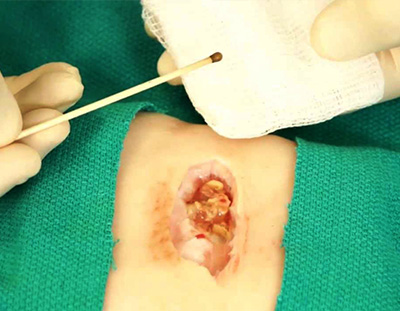
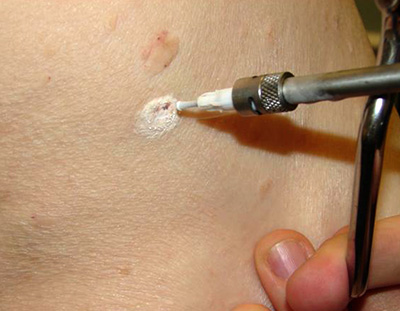
Cryosurgery (also called cryotherapy) is the use of extreme cold produced by liquid nitrogen (or argon gas) to destroy abnormal tissue. Cryosurgery is used to treat external tumors, such as those on the skin. For external tumors, liquid nitrogen is applied directly to the cancer cells with a cotton swab or spraying device.
Cryosurgery is a highly effective treatment for a broad range of benign skin problems. With appropriate instruction and supervised experience, family physicians can master the technique quickly. Cryosurgery is best suited for use in patients with light skin and for treatment of lesions in most non–hair-bearing areas of the body. Spray methods include the timed spot freeze technique, the rotary or spiral pattern, and the paintbrush method.
Moles are clusters of pigmented cells that appear as brown or black spots on the skin. If you have a mole you want to remove, the safest, most effective way to do it is by consulting with a doctor to have it professionally removed. It’s an easy out-patient process that just takes a few minutes. Attempting to remove a mole on your own can result in scarring that looks worse than marks left after professional removal. If you really don’t want to deal with surgery, try fading the appearance of your mole using an unverified home remedy.
Some moles are actually warty growths called seborrheic keratoses. Dermatologist treat these by freezing or burning them off. True moles (nevi) cannot be removed except by surgery
Surgery scar: Whenever you remove something from the skin, there will be a scar. Removing models from the chest, shoulders, and upper back have the highest risk of raised scar formation.
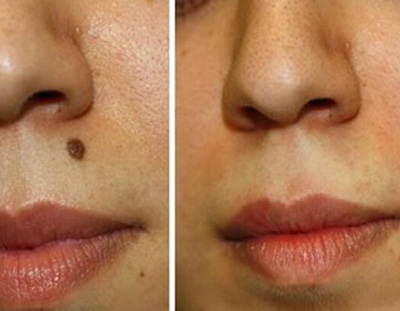
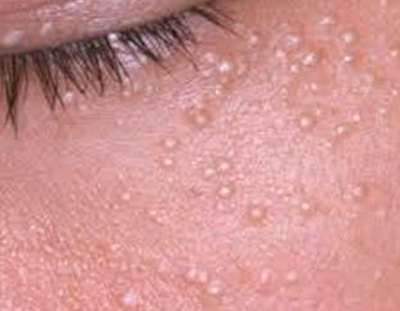
Warts Plane or Flat Warts are a highly contagious condition derived from the Human Papilloma Virus (HPV). They are small, often dry and crusty benign epidermal tumours and all can be successfully treated with electrolysis.
Occasionally they can spontaneously disappear although this can take years, if ever. For either gender, particularly when on the face, they are considered horribly unattractive and can detrimentally affect our confidence and well being. They can often appear on the backs of hands, décolletage and under the arms. Hygiene must be of the highest importance to avoid cross infection and if not treated they can spread.
Skin tags are common, acquired benign skin growths that look like a small, soft balloons of hanging skin. Skin tags are harmless growths that can vary in number from one to hundreds. Males and females are equally prone to developing skin tags. Obesity is associated with skin tag development. Although some skin tags may fall off spontaneously, most persist once formed. The medical name for skin tag is acrochordon.
Skin tags can appear on any part of the surface of the body (skin), but most occur in areas where skin may rub against skin or clothing
